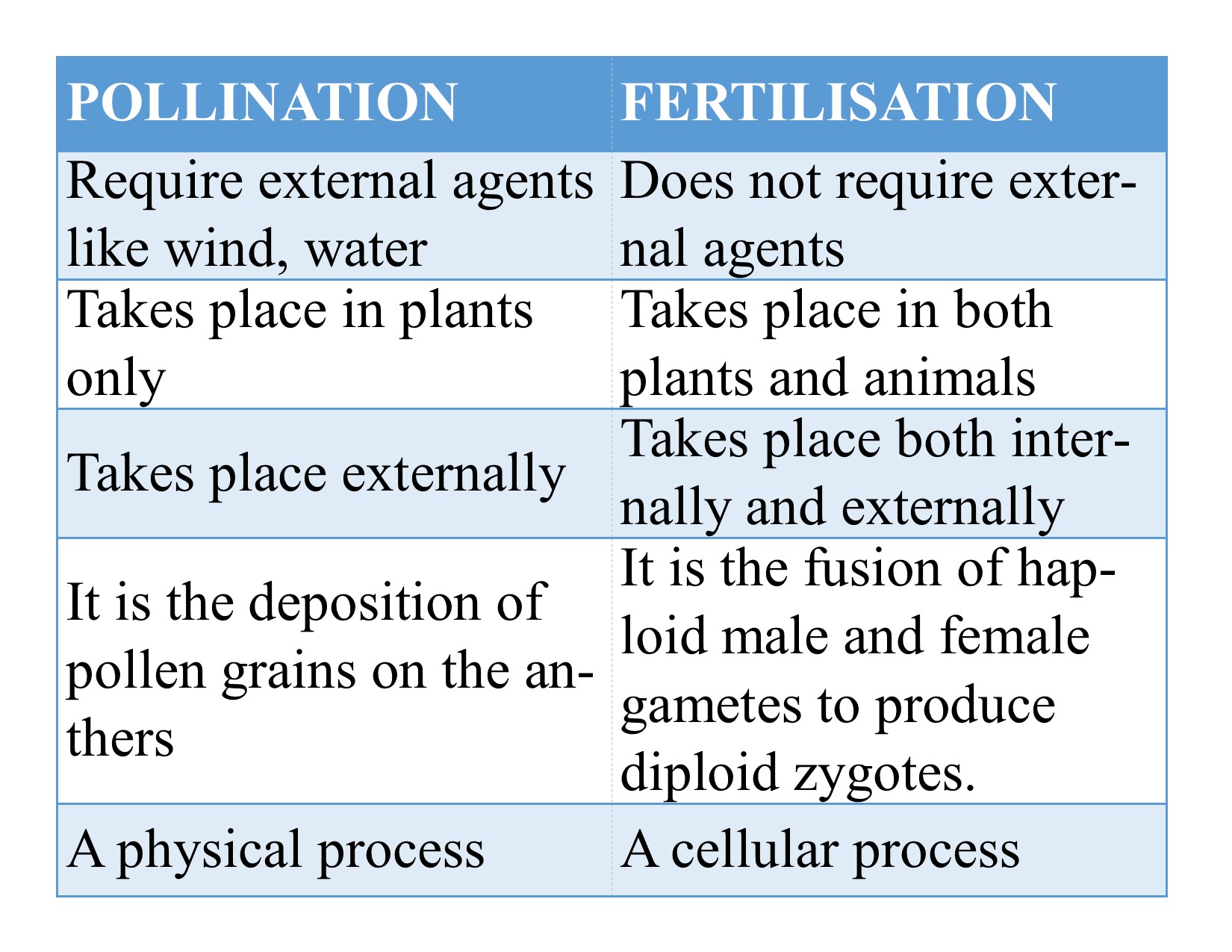"O/L Biology 2019 question Two" 2019: Paper 2
(a) Draw a large and well labelled diagram of an insect pollinated flower. (6 marks)
(b) Distinguish between pollination and fertilization. (5 marks)
(c) How is the (i) Coconut fruit
(ii) Cotton seed
(iii) Mango fruit
Adapted to their various method of dispersal? (3, 3, 3 marks)
(Total = 20 marks)
- (a) Draw a large and well labelled diagram of an insect pollinated flower (6 marks)
Diagram of hibiscus flower.
FURTHER EXPLANATIONS
An insect pollinated flower usually has a long style that protrudes outwards with colourful petals to attract insects for pollination. They usually have nectar as well at the bottom of the style. The hibiscus flower is therefore a great example to draw in such a question. Not forgetting that it is well known by almost everyone. (NOTE THAT THE DIAGRAM SHOULD BE LARGE AND NEAT)
(b) Distinguish between pollination and fertilization. (5 marks)
|
POLLINATION |
FERTILISATION |
|
Require external agents like wind,water |
Does not require external agents |
|
Takes place in plants only |
Takes place in both plants and animals |
|
Takes place externally |
Takes place both internally and externally |
|
It is the deposition of pollen grains on the anthers |
It is the fusion of haploid male and female gametes to produce diploid zygotes. |
|
A physical process |
A cellular process |

(c) How is the (i) Coconut fruit adapted for seed dispersal?
- It has air within to keep the fruit floating.
- Possess a hard shell that protects the seed as it falls off the tree.
- Seed shell is waterproof in nature to prevent water from entering the fruit.
- The fruit is round and can roll for meters after falling off.
How is the (ii) Cotton seed adapted for seed dispersal?
- Seeds are small
- Seeds are light to be transported by wind.
- Seeds are feathery in nature.
How is the (iii) Mango fruit adapted for seed dispersal?
- Seed is covered by juicy fruit to attract animal.
- Fruits are sweet and colourful.
- Fruits have hard and resistant seeds to avoud being destroyed.
(3, 3, 3 marks).
(Total = 20 marks)
THE END!!!
DISCLAIMER
We at alstug.com assure the public that all answers provided are based on contributions from teachers around the nation and the world at large. The answers provided here are in no way gotten from the GCE marking guides. They are to be used as guides in your studies. Equally, these answers do not eliminate the teacher or the teachers information in any way. In a case of conflicting information, consult your teacher and/or the comment section of this site, or better still contact us directly with your information. We will be more than glad to be updated.
Remember that we are here for you.
By the alstug Team.
Please login to post comments.
No comments here